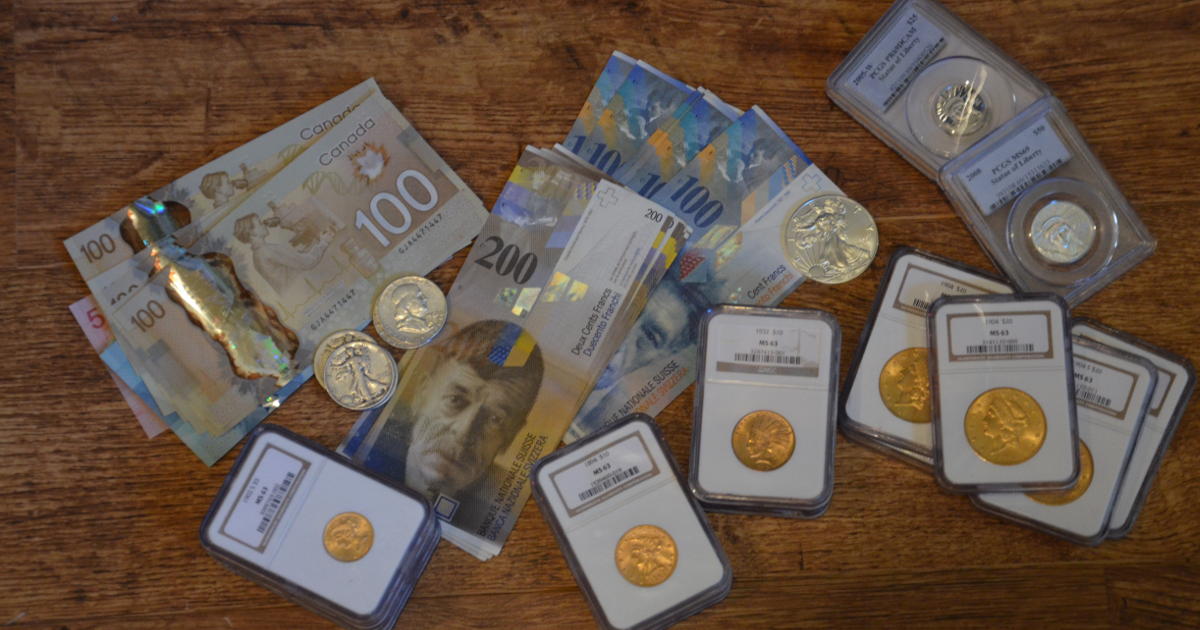Preparedness Notes for Monday – February 19, 2018
Today is the birthday of Lee Marvin (1924–1987), who you may remember from The Professionals or The Big Red One. o o o Please bear with us as we make adjustments to the new display template to fix the commenting problem introduced by WordPress. o o o The SurvivalBlog 2005-2017 Archive sold out in just about a week. If there is enough interest, we will order another batch. Let us know if you missed your chance. o o o JRH Enterprises is having a President’s Day sale on popular items like the OTAL-C Infrared laser for use with your Night …





